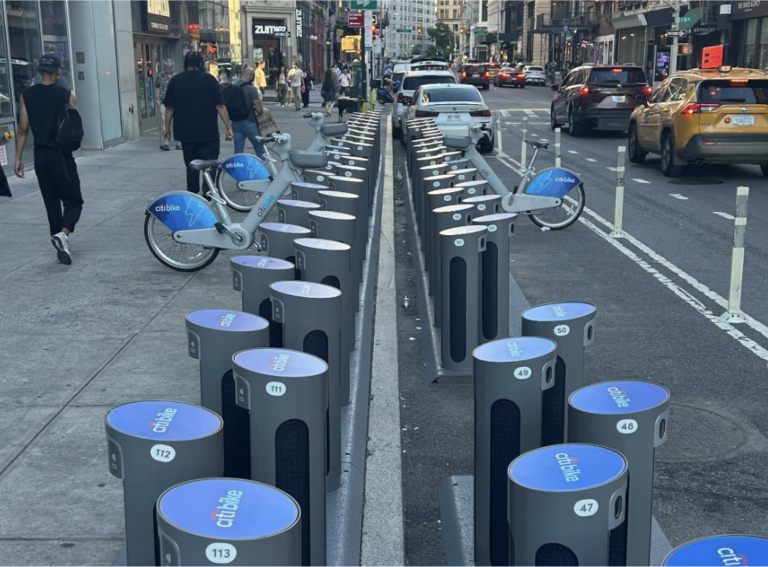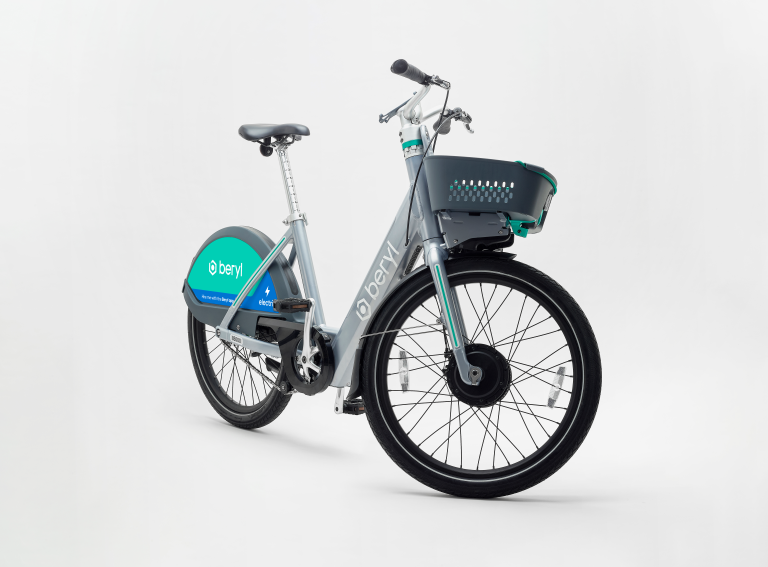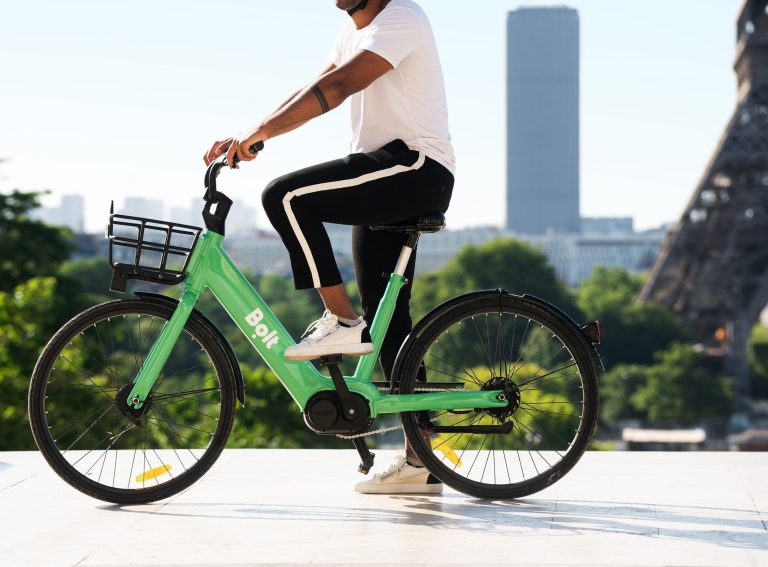Author: Alex Nesic, Co-Founder at Drover AI.
The recent Micromobility Industries European conference in Amsterdam featured a variety of fantastic hardware innovations that will continue to drive the industry forward.
What was more striking and personally validating was the growing adoption of the use of computer vision and artificial intelligence on board vehicles as an even more powerful catalyst for progress – from manufacturers like OKAI and Segway/Ninebot introducing new vehicles fully equipped with cameras and processors, to the rising number of companies joining the field that Drover AI, Luna Systems, and Fantasmo have pioneered.
For those unfamiliar with the term, computer vision (CV) is tech jargon for a camera connected to a processor and is ubiquitously used in the automotive sector. I am more interested in the potential for CV in the more nascent and cost-constrained micromobility sector. Drover is innovating the use of onboard cameras and edge-based AI processing on light electric vehicles (LEVs) like e-scooters, e-bikes, and e-mopeds – specifically those used in shared micromobility fleets by companies like Spin/Tier, Voi, Bolt, Dott, and Lime.
I previously outlined the benefits of AI and CV for micromobility a couple of years ago and subsequently addressed the tech’s specific potential to address parking compliance – the good news is that the industry has indeed caught on and AI/CV is on its way to becoming a standard feature option. I believe there are a number of additional exciting areas in which AI/CV can be leveraged.
Advanced Rider Assistance System (ARAS)
ARAS is a variation on ADAS in cars, where real-time object and person detection can be used to help riders avoid collisions, fill blind spots and generally increase the awareness and safety of the riding experience. While I believe that micromanaging every aspect of a rider’s experience is overreach and should not be the goal, it is clear that many benefits can be explored particularly in a world where micromobility riders still have to fight for street space with 5000+ pound vehicles.
Enforcement of violations
The use of cameras onboard public buses to automatically issue tickets to violators blocking dedicated bus lanes is now legal in California and is currently in use by New York’s MTA as well. As many avid cyclists document on social media, bike lanes are constantly being usurped by various vehicles (including law enforcement and other government agencies), mostly for temporary parking which can lead to tragic outcomes. Even with intent to issue citations for these violations, parking enforcement personnel would have to be everywhere all at once so automated camera enforcement makes a lot more sense. With the political will to do so, camera equipped scooters could be used to police the bike lanes, or at the very least identify locations of repeat offence in order to protect those more adequately. Amsterdam’s enforcement of e-mopeds in bike lanes is already adopting this approach. And a bill just got introduced to the NY senate that would deploy 50 cameras to automatically issue $50 citations to vehicle drivers if they operate in a protected bike lane. In Austin, TX a proposal is on the table to incentivize residents to submit vehicle bike lane violations in exchange for 25% of the fine – this could be extended to scooter share companies equipped with cameras.
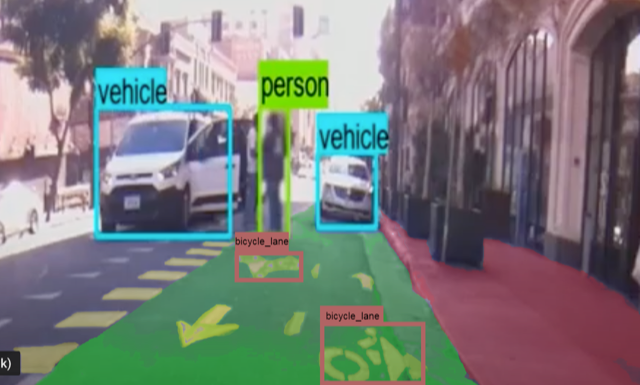
Insurance
Whether coverage for an entire fleet or at the personal level, insurance policy pricing to date has been quite high and arbitrarily levied due to the lack of sufficient data, both historical and current. Enabled by Drover tech, three opportunities present themselves: 1) with more granular understanding of what infrastructure (sidewalk, street or bike lane) is actually being used during rides, operators can empirically show a clearer picture of rider behaviour to inform fairer pricing of actual vs perceived risk; 2) the real-time implementation of Drover tech to disable (or slow down) scooters if they are ridden on sidewalks serves as a safety feature that insurance companies can offer a discount for (like ABS brakes or airbags in cars); and 3) insurance companies can leverage the camera onboard to use certain incident triggered image sequences (like a dash-cam) to mitigate fraudulent claims.
Infrastructure surveying and mapping
There exist a variety of interesting use cases to explore with thousands of connected ‘smart’ cameras moving through cities at a high frequency very differently than cars do. Google (and others) have built out very impressive street level visual mapping of many cities and continue to evolve the applications for those data. However, those data are collected from the vantage point of cars on streets and the average age of a typical Google street view image is 18-24 months. With AI/CV on micromobility vehicles, visual data can be ‘crowdsourced’ while adding the unique perspective of a vehicle that can move beyond streets to areas that are typically occluded from cars. Images collected more consistently over time by multiple sources could also help maintain a more up to date data set in dense urban environments. The company Nexar is currently leveraging consumer owned dash cams to explore the potential interesting use cases for this type of ‘crowdsourced’ visual data.
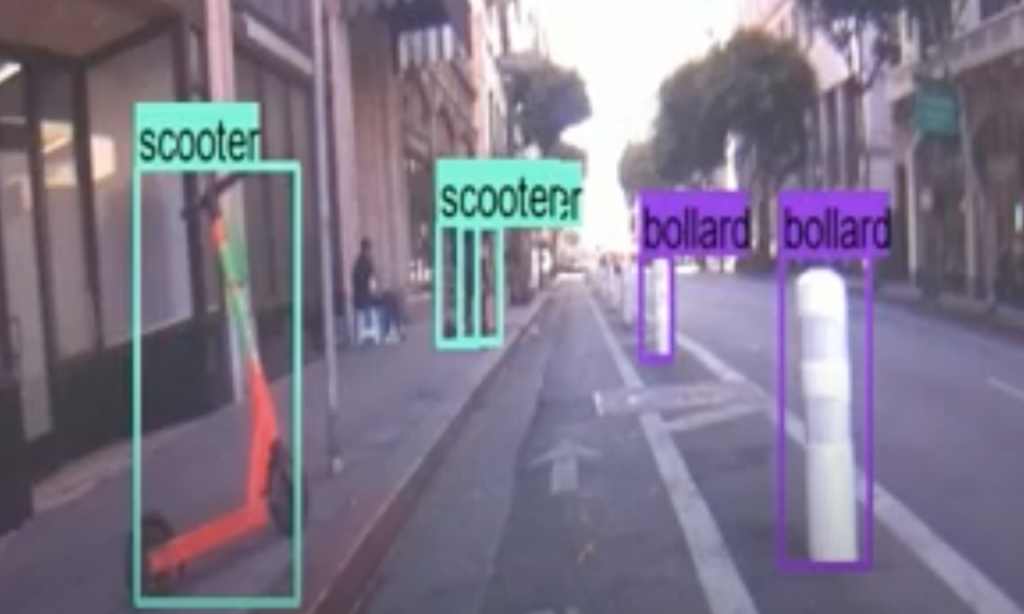
There are clearly many more applications and insights to uncover and there remain many unknowns but that is what makes the journey interesting and worthwhile.
It is painfully obvious that we need to shift away from cars in dense urban environments; internal combustion, electric or powered by unicorn tears makes no difference. As many others have stated before me, it is simple geometry. Bicycles, e-bikes, e-scooters, e-mopeds or whatever new micromobility form factor is next; we should collectively endeavour to enable their adoption with every tool at our disposal. AI-powered computer vision is a key ingredient in that toolbox ensuring a safer multimodal urban transportation future and helping those who aren’t so ready for that future be more accepting of it.









